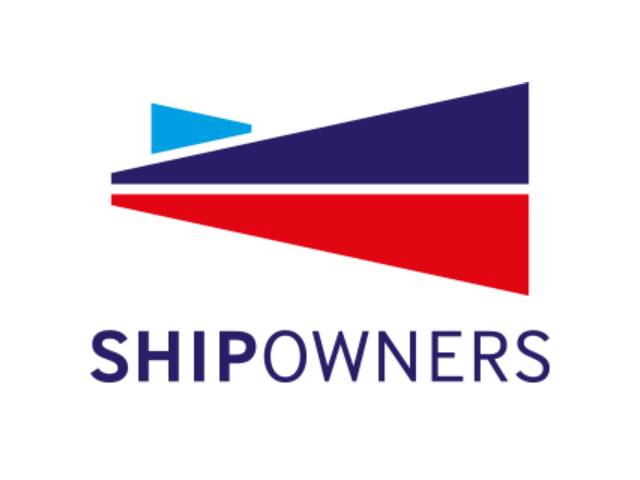The Club would like to draw Members’ attention to an unfortunate incident that resulted in the death of a crew member after he fell from a height during cargo operations.
The Incident
The incident occurred on a refrigerated general cargo vessel whilst it was loading a cargo of frozen fish from an ocean-going fishing vessel. The cargo transfer took place in open seas and utilised the vessel’s own crane. The operation involved eight crew members, six of which were stationed inside the cargo hold arranging the cargo whilst another was operating the crane. The final crew member was supervising the load. His responsibilities included acting as the signal man to the crane operator and co-ordinating the loading operation from a position close to the hatch coaming.
At approximately 2200hrs, the six crew members in the cargo hold heard a loud thud and discovered the supervisor lying on his stomach in the cargo hold with blood around his face. It is understood that he had lost his balance whilst on the hatch coaming and fell 12 metres into the cargo hold below. The crew member sustained severe injuries in the fall and was later pronounced dead.
Observations
- Undertaking this type of loading operation in open seas is considered common practice for this vessel type.
- The weather conditions at the time of the incident were fair and the vessel was steady without any rolling or pitching.
- The deceased crew member:
- Prior to starting his shift, was well rested and was neither sick nor under the influence of alcohol.
- Was outfitted with PPE, including a helmet, safety shoes and overalls.
- The decks were all reported to be dry at the prevailing time.
- There were no safety rails, nets or stanchions rigged around the cargo hold.
- There was a platform/passageway around the cargo hold that was supposed to be used to observe the cargo operations in the hold. Unfortunately, the crew member stationed himself on the hatch coaming to oversee the loading operation. In this location there were no preventative measures in place to stop him from falling into the hold.

Recommendations
- Marking of observation areas/signalling areas: Dedicated observation/signalling areas should be clearly marked and highlighted. These areas should be positioned so that supervision of the prevailing operation, including actions such as signalling to the crane operator can be carried out safely whilst also maintaining a safe distance from the edges of the cargo hold away from any slip/trip hazards.
- Placing removable stanchions with guard ropes: Hatch coamings of most vessels are designed to allow safety stanchions to be inserted. This enables a safety rope/chain to be installed around the open hatch to assist in preventing accidental falls into the hold. Where such an arrangement exists, crew must be adequately briefed to ensure that these are always put in place as soon as the hatch covers are opened. On vessels where such arrangements do not exist per design, a suitable risk assessment should be carried out to install a temporary safety rail to guard the open hatch coaming. If this risk is identified, consideration should be given for the fabrication of a safety rail system.
- Crew training: Regular crew training should be undertaken to ensure they are familiar with the company’s safe working practices and procedures, and to highlight the role of toolbox talks in identifying hazards prior to the commencement of an operation. Crew should feel empowered to make the decision to stop work at any point if they consider themselves or others to be engaged in a hazardous operation.
The Club hopes that lessons can be learnt from this case in order to prevent similar incidents from occurring in the future. With this in mind, we encourage Members to circulate this report widely amongst their fleets and shore side personnel.
In addition, we encourage Members to share their own experiences, including any best practices pictures, with the Club’s Loss Prevention team.
Source: The Shipowners’ Club









































